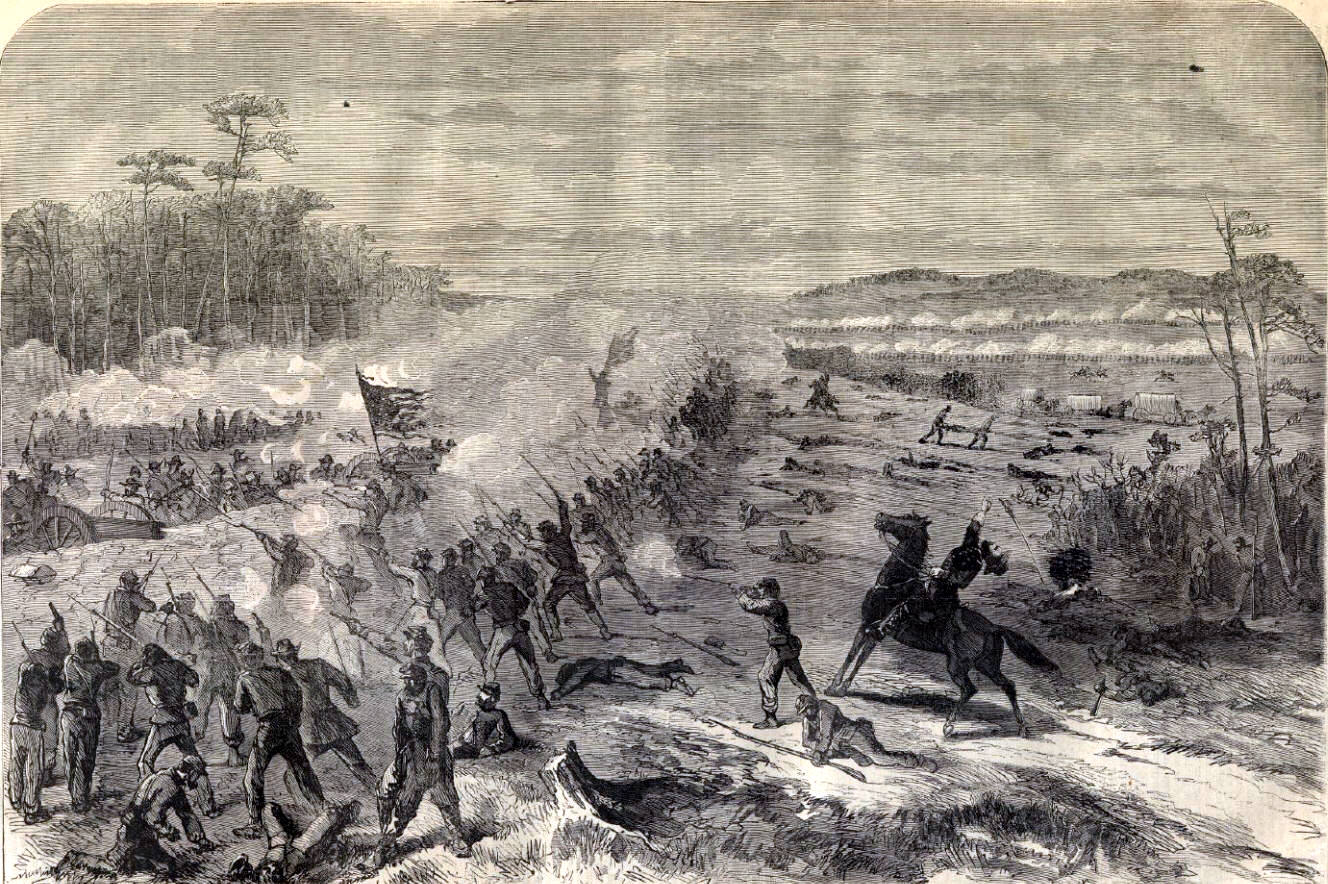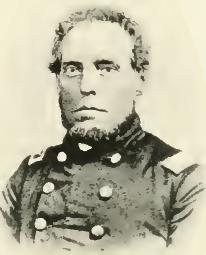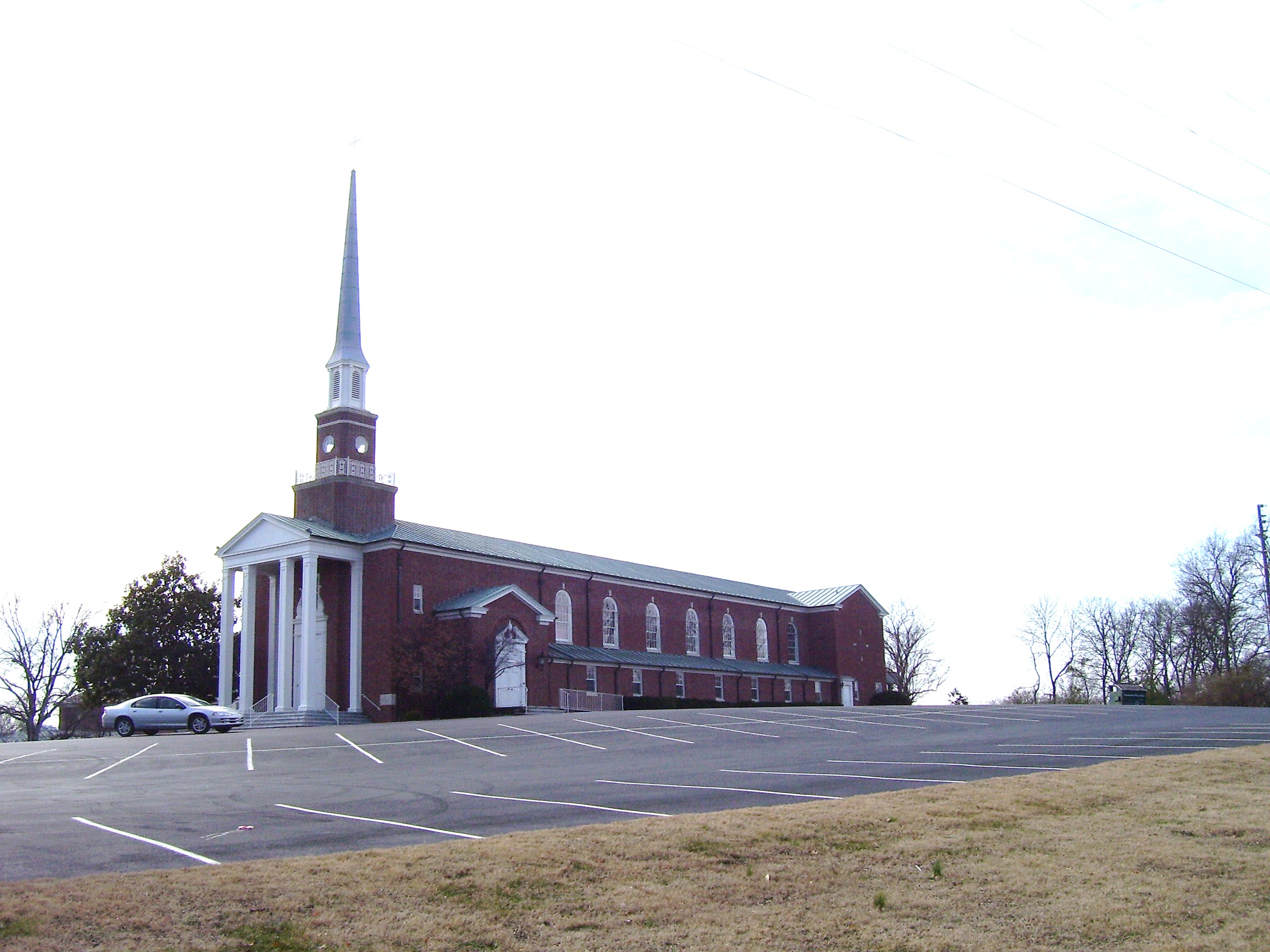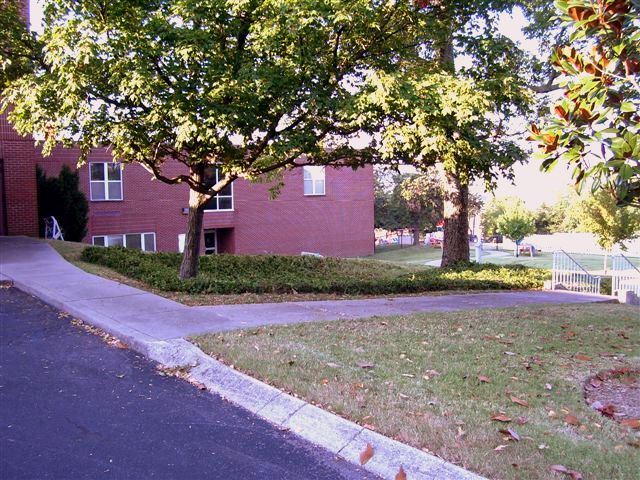Introduction. This earthen fortification was one of five constructed by Hood’s forces after their arrival in the Nashville area. Only a small remnant was preserved, but has been recognized and protected by Calvary United Methodist Church which now owns the high ground where the redoubt was built. Redoubt 3 was one of a close cluster of three which commanded the 90 degree angle formed by the northern and western Confederate lines near the intersection of present day Woodmont Boulevard and Hillsboro Pike. All three redoubts and their heavily-outnumbered troops fell to Union attackers in the late afternoon of December 15, 1864. The author of this photo essay is John Allyn, a BONPS board member whose home is only a few hundred yards from Redoubts 2 and 3.
On the afternoon of December 15, 1864 the Union Army overran the five redoubts that formed the left flank of the Confederate line. Colonel Sylvester Hill, an Iowan commanding the Third Brigade, First Division, XVI Army Corps, was killed by a sharpshooter during the attack on Redoubt No. 3, which lay on a tall hill west of the Hillsboro Pike on the site of modern day Calvary United Methodist Church. The Redoubt contained three cannon and approximately 100 additional infantry supports. This contemporary artist’s rendering from Harper’s Weekly (above) depicts this incident. The view is to the south; the unlikely copse of trees in the background (most trees in the battlefield area were taken down for firewood, to make fortifications, or to clear fields of fire) stands about where the modern Krystal is located. Colonel Hill was the highest ranking Union officer killed in the battle.
Sylvester Hill was born in North Kingston, Rhode Island. He was trained as a cabinet maker and at age 20 he moved to Cincinnati, Ohio where he worked in the furniture business. In 1849 he was swept up in the California Gold Rush and went west to seek his fortune. He was not successful, and returned to the east. He ended up in Muscatine, Iowa where he engaged in the lumber business.
In the summer of 1862 Hill helped raise the 35th Iowa Infantry Regiment. Being a prominent Republican, it was not surprising that he was appointed colonel of the regiment on September 18, 1862. For the first several months of its existence the regiment was on garrison duty in Illinois and Kentucky. In the spring of 1863 it joined the Army of the Tennessee besieging Vicksburg.
After the siege of Vicksburg, Colonel Hill assumed command of the 3rd Brigade, 1st Division, XVI Corps, a position he would maintain for much of the remainder of the war. Hill was wounded in 1864 during Banks’ Red River campaign in Louisiana. He briefly returned to regimental command at the Battle of Tupelo in July, 1864. He returned to brigade command by the time of Price’s Missouri Raid in October, 1864.
Hill married Martha J. Dyer in 1843. Mrs. Hill was from Maine. The couple had eleven children, one of whom died in infancy. Two sons served in the Civil War. Edwin, the oldest, served in the 7th Iowa Infantry Regiment. He was captured at Belmont, Missouri in November, 1861 but was later exchanged and remained with the 7th (which fought in every Western battle from Belmont to the March to the Sea) until the end of the war. His second son, Fred, enlisted in his father’s regiment and was killed at the Battle of Yellow Bayou, Louisiana on May 18, 1864. Hill was posthumously given a brevet promotion to brigadier general for his service at Nashville. He is buried at Muscatine, Iowa.
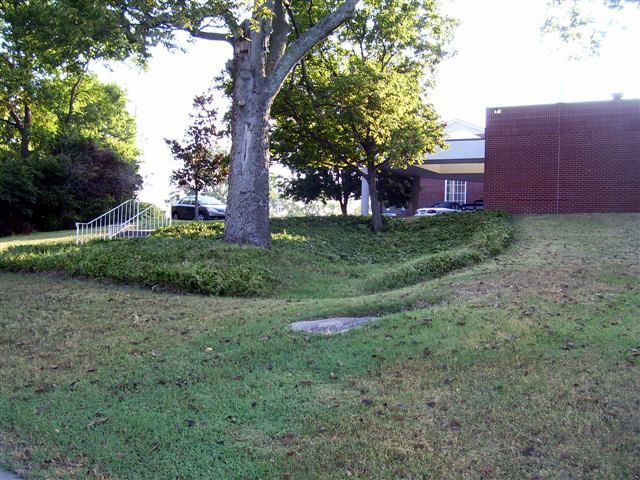
Above: This small piece of trench still survives. The church has taken some pains through plantings to protect what remains of the Redoubt from further damage. This view is to the northeast from the church’s playground.

Above: Another view of what’s left. This is looking southeast from the maze that the church has laid out behind the parking lot.
Above: This view is to the south from the church parking lot. Hill’s Brigade came up the hill in the background from Cross Creek.
Above: The suburban street running behind the church is rather aptly named Hood’s Hill Drive. These two views – taken several years ago during the winter – show the Redoubt from the attackers’ point of view. The Redoubt is the patch of green marked by the large hackberry tree. The Confederate troops manning the Redoubt were in the process of withdrawing when Hill’s Brigade attacked; the loss of Redoubts No. 4 and No. 5 made the position untenable. However, two cannons were captured before they could be pulled out of the Redoubt. The third gun had made it across Hillsboro Pike before capture. In the confusion following the assault, troops of the IV Corps were given credit for the capture and this error has been perpetuated on the historical marker located on Hillsboro Pike commemorating this action.
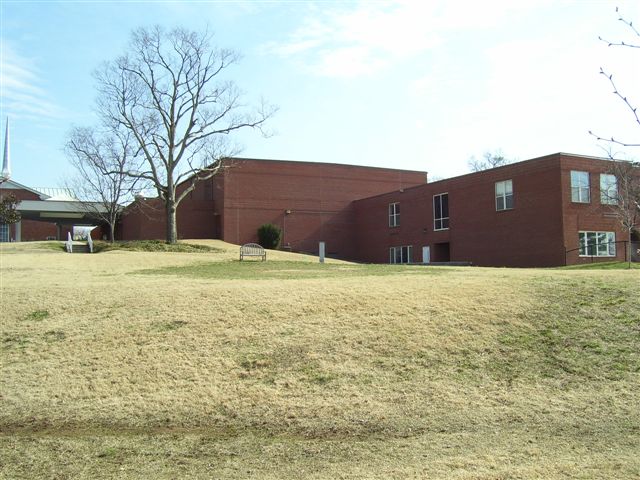
Above: View from Hood’s Hill Drive. See caption to photo above.
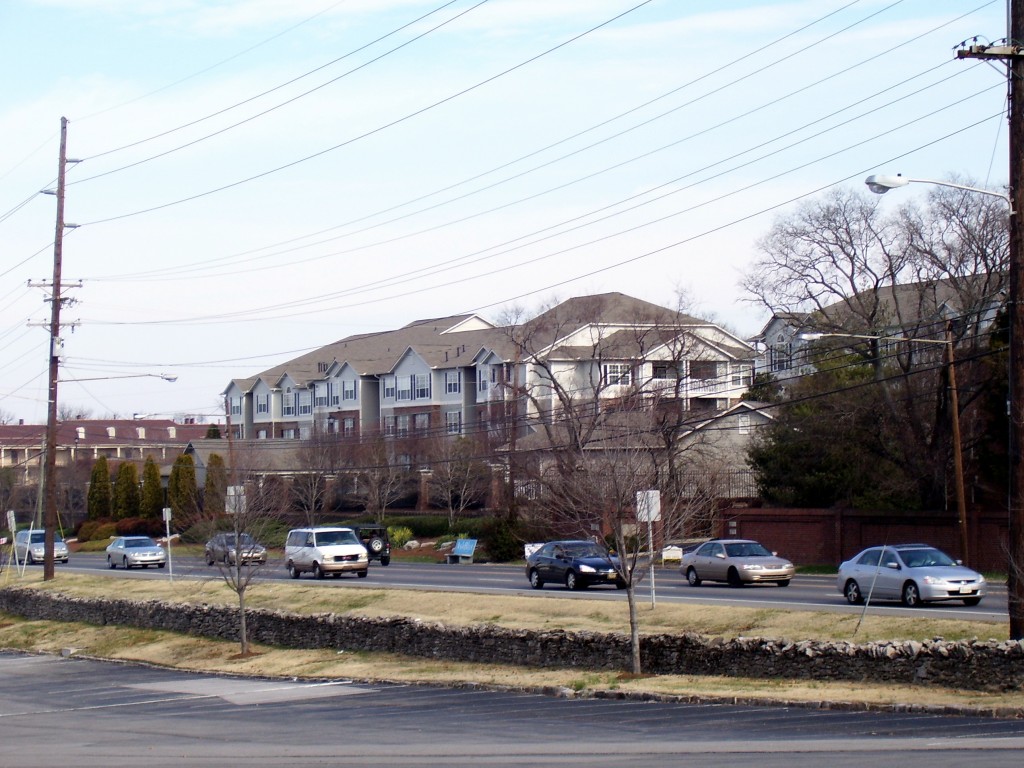
Above: The sharpshooter who killed Colonel Hill was firing from Redoubt No. 2, about a 300 yard shot. This photograph was taken from the lower end of the Calvary parking lot looking towards the site of Redoubt No. 2. The condominium – Post Green Hills — in the center of the picture marks the location of Redoubt No. 2. This is on the southeast corner of the intersection of Hillsboro Pike and Woodmont Boulevard. A large house was constructed on this site in the 1920’s, obliterating this Redoubt.
December, 2020
REDOUBT NO. 3 — THE STORY OF FAMOUS WAR HORSE “DIXIE BILL” AND HIS RIDER
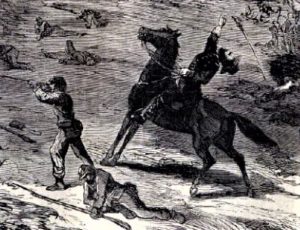 One of the most significant features of the Union Army’s assault and sweep of Confederate Redoubt No. 3 on December 15, 1864, was the death of 44-year-old Col. Sylvester G. Hill, the highest ranking Federal officer to be killed during the Battle of Nashville.
One of the most significant features of the Union Army’s assault and sweep of Confederate Redoubt No. 3 on December 15, 1864, was the death of 44-year-old Col. Sylvester G. Hill, the highest ranking Federal officer to be killed during the Battle of Nashville.
In his Civil War Blog, BONT board member and historian John Banks takes a new look at the battle at the third of Hood’s five redoubts to fall that day, with a sharp focus on the an interesting aspect of Sylvester‘s death, the presence on the field of his veteran Bay horse, “Dixie Bill.“
“Bill“ was already a famous horse at the time, having been captured from Confederate officers by Union forces and eventually sold to Col. Hill in Iowa, and having sustained four war wounds in the battles in which he carried his riders before the Nashville campaign. John Banks describes the unique history of this famous war horse and fills in the rest of his story after the war, while also shedding more light and providing new photographs of the battle at Redoubt 3.
Click the link below to read about the story, and to learn about what happened to Dixie Bill after he lost his owner in the Battle of Nashville and returned to Iowa in the care of a regimental chaplain:
